Urban Resilience and Inequality: Rethinking Strategies for Climate Justice
DOI: 10.23977/jceup.2025.070219 | Downloads: 11 | Views: 481
Author(s)
Jingzhe Yang 1
Affiliation(s)
1 University of Manchester, Manchester, UK, M13 9PL
Corresponding Author
Jingzhe YangABSTRACT
Urban resilience has become a dominant response to climate change, yet its implementation often deepens existing social inequalities. This paper critically examines how technical resilience policies, while aiming to reduce climate risks, tend to prioritize economically valuable areas and neglect marginalized communities. Drawing on political ecology and climate justice frameworks, it analyzes two cases—New York's "Big U" flood control system and redevelopment in Mumbai's informal settlements. The findings reveal that resilience planning frequently serves elite interests, disguising power imbalances under the guise of neutral technical solutions. Such depoliticized narratives obscure the exclusion of vulnerable groups and reinforce spatial and social segregation. The study argues that meaningful urban resilience must go beyond infrastructure and risk reduction to address structural inequalities. It calls for a transformative approach that includes redefining resilience goals, empowering community participation, and ensuring fair resource allocation to achieve both climate adaptation and social justice.
KEYWORDS
Urban Resilience, Climate Justice, Social Inequality, Resource Allocation, DepoliticizationCITE THIS PAPER
Jingzhe Yang, Urban Resilience and Inequality: Rethinking Strategies for Climate Justice. Journal of Civil Engineering and Urban Planning (2025) Vol. 7: 141-145. DOI: http://dx.doi.org/10.23977/jceup.2025.070219.
REFERENCES
[1] Anguelovski, I. et al. (2016) 'Equity impacts of urban land use planning for climate adaptation', Journal of Planning Education and Research, 36(3), pp. 333–348. doi:10.1177/0739456x16645166.
[2] Anguelovski, I. et al. (2017) 'Urban Planning, Community (re)development and environmental gentrification', The Routledge Handbook of Environmental Justice, pp. 449–462. doi:10.4324/9781315678986-36.
[3] Anahideh, H., Kang, L. and Nezami, N. (2022) 'Fair and diverse allocation of scarce resources', Socio-Economic Planning Sciences, 80, p. 101193. doi:10.1016/j.seps.2021.101193.
[4] Bangalore, M. et al. (2016) Unbreakable: Building the resilience of the poor in the face of natural disasters [Preprint]. doi:10.1596/978-1-4648-1003-9.
[5] Bhide, A. (2023) 'Structural violence in much more than neoliberal times: The case of slum redevelopment in Mumbai', City, 27(3–4), pp. 483–500. doi:10.1080/13604813.2023.2223880.
[6] Colenbrander, S., Dodman, D. and Mitlin, D. (2017) 'Using climate finance to advance climate justice: The politics and practice of channelling resources to the local level’, Climate Policy, 18(7), pp. 902–915. doi:10.1080/14693062. 2017. 1388212.
[7] Garcia, A. et al. (2022) 'Power in resilience and Resilience's power in climate change scholarship', WIREs Climate Change, 13(3). doi:10.1002/wcc.762.
[8] Grant, C.A. (2016) ‘Depoliticization of the language of social justice, multiculturalism, and multicultural education', Multicultural Education Review, 8(1), pp. 1–13. doi:10.1080/2005615x.2015.1133175.
[9] Horton, R. et al. (2016) 'Climate science for decision‐making in the New York Metropolitan Region', Climate in Context, pp. 51–72. doi:10.1002/9781118474785.ch3.
[10] Kan, K. (2023) 'Land fictions: The commodification of land in city and country', The AAG Review of Books, 11(3), pp. 12–13. doi:10.1080/2325548x.2023.2208298.
[11] Kim, D. and Lim, U. (2016) 'Urban resilience in climate change adaptation: A conceptual framework’, Sustainability, 8(4), p. 405. doi:10.3390/su8040405.
[12] Meerow, S., Pajouhesh, P. and Miller, T.R. (2019) 'Social Equity in Urban Resilience Planning', Local Environment, 24(9), pp. 793–808. doi:10.1080/13549839.2019.1645103.
[13] Michaelson, M. (1994) 'Wangari Maathai and Kenya's Green Belt Movement: Exploring the evolution and potentialities of consensus movement mobilization’, Social Problems, 41(4), pp. 540–561. doi:10.2307/3096988.
[14] Mohabat Doost, D., Brunetta, G. and Caldarice, O. (2023) 'In Search of Equitable Resilience: Unravelling the links between Urban Resilience Planning and Social Equity’, Sustainability, 15(18), p. 13818. doi:10. 3390/ su151813818.
[15] Schlosberg, D. (2012) 'Climate justice and capabilities: A framework for adaptation policy', Ethics & International Affairs, 26(4), pp. 445–461. doi:10.1017/s0892679412000615.
[16] Suri, S. (2024) 'Rehabilitation v/s redevelopment of slums', SSRN Electronic Journal [Preprint]. doi:10. 2139/ssrn. 4816163.
[17] Swyngedouw, E., Moulaert, F. and Rodriguez, A. (2002) 'Neoliberal urbanization in Europe: Large–scale urban development projects and the new urban policy', Antipode, 34(3), pp. 542–577. doi:10.1111/1467-8330.00254.
[18] Tewari, D.B. and Gautam, U. (2019) 'Slum resettlement to the margins: Increasing the deprivation of the poor and impeding the resilience of the city', The Urban Book Series, pp. 95–111. doi:10.1007/978-3-319-94932-1_8.
[19] Wyly, E. et al. (2010) 'Displacing New York', Environment and Planning A: Economy and Space, 42(11), pp. 2602–2623. doi:10.1068/a42519.
| Downloads: | 11868 |
|---|---|
| Visits: | 406614 |
Sponsors, Associates, and Links
-
Journal of Sustainable Development and Green Buildings
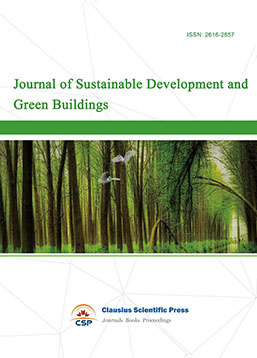
-
Landscape and Urban Horticulture
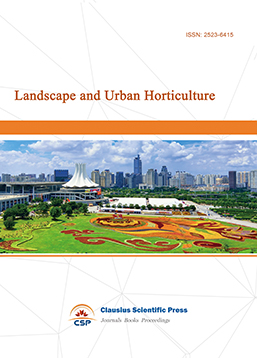
-
Bridge and Structural Engineering
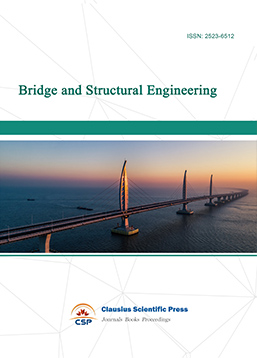
-
Soil Mechanics and Geotechnical Engineering
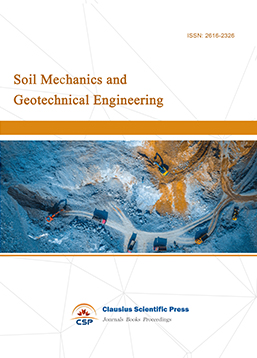
-
Journal of Municipal Engineering
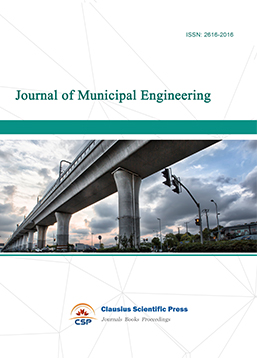
-
Heating, Ventilation and Air Conditioning

-
Indoor Air Quality and Climate
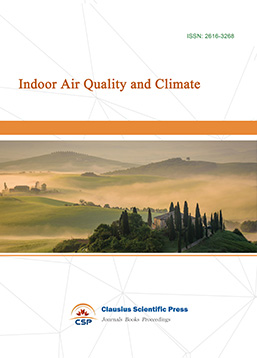
-
Computer Aided Architecture Design
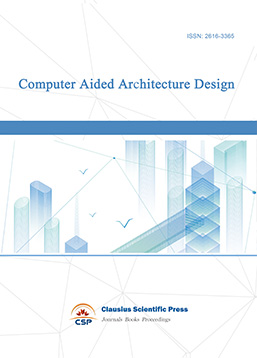

 Download as PDF
Download as PDF